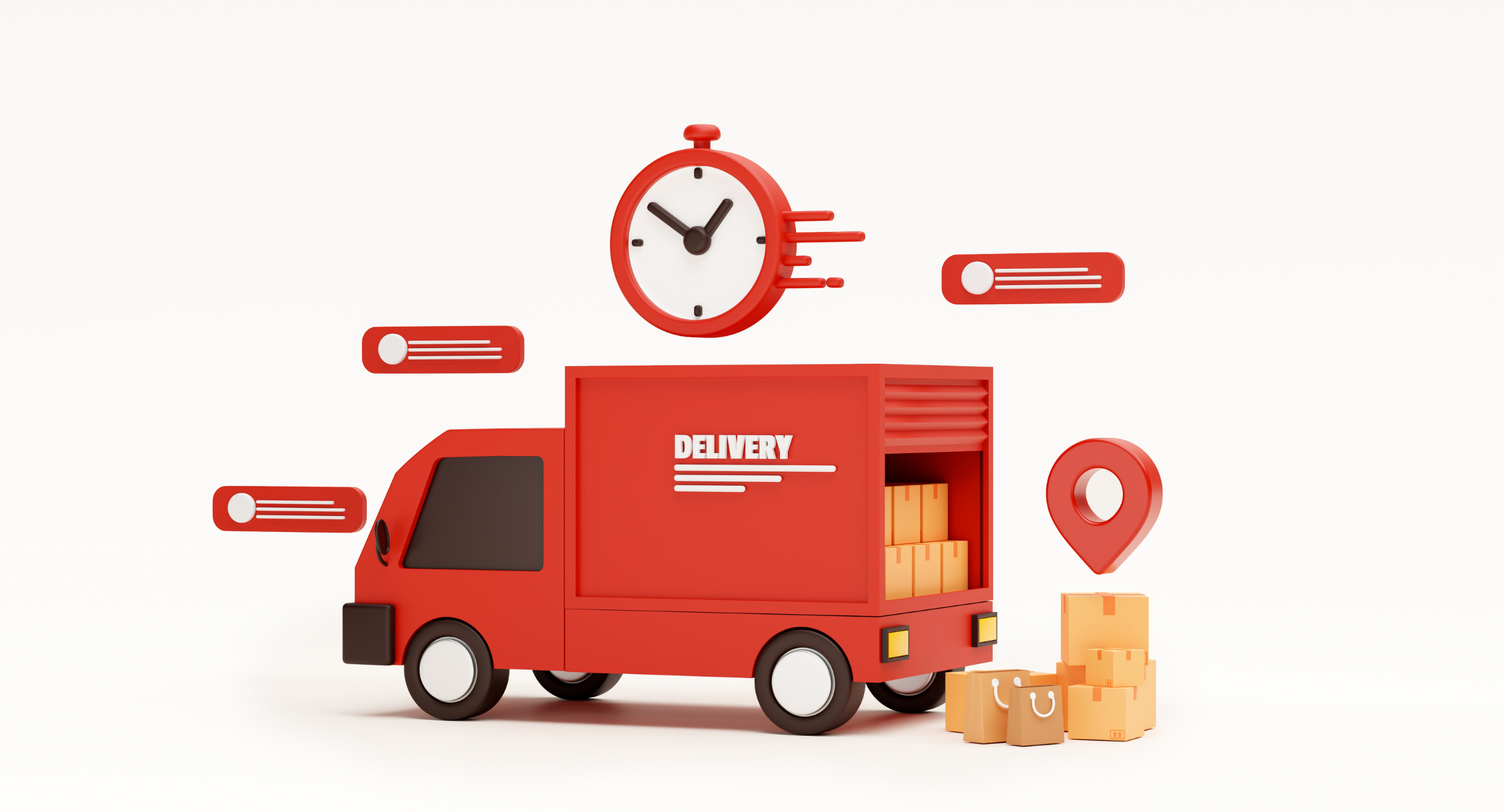Fulfillment warehouses play a crucial role in ensuring that products reach customers efficiently and on time. While you might be familiar with the basics of what warehouses do, there are many unique aspects about a fulfillment warehouse in Toronto that you may not know. Here are ten surprising facts that highlight the distinctive features and services offered by these facilities.
1. Strategic Location for Optimal Distribution
Our Toronto warehouse is strategically located to serve not just the city but the entire Greater Toronto Area (GTA) and beyond. This prime location offers excellent access to major highways, ports, and airports, making it a hub for swift and efficient distribution across Canada and into the United States.
2. Advanced Climate Control Systems
Given Toronto’s varying weather conditions, our fulfillment warehouse is equipped with advanced climate control systems. These systems ensure that sensitive items, such as pharmaceuticals, cosmetics, and certain foods, are stored at optimal temperatures to maintain their quality and integrity throughout the year.
3. Green Initiatives and Sustainable Practices
Sustainability is a significant focus for our Toronto fulfillment center. Our warehouse implements green initiatives such as energy-efficient lighting, waste reduction programs, and eco-friendly packaging solutions. Along with this, some facilities also utilize solar panels and other renewable energy sources to reduce their carbon footprint.
4. Customized Fulfillment Solutions
We offer highly customized fulfillment solutions tailored to the specific needs of various industries. Whether it’s kitting and assembly for marketing campaigns, personalized packaging for subscription boxes, or specialized handling for fragile items, our warehouse provides multiple services to meet diverse client requirements.
5. Technological Integration and Automation
Our Toronto fulfillment house is the forefront of technological integration. We employ sophisticated Warehouse Management Systems (WMS) and automation technologies to streamline operations. These technologies enhance accuracy, speed, and efficiency in order processing and inventory management.
6. Dedicated B2B and B2C Services
Our warehouse is adept at handling both B2B (Business-to-Business) and B2C (Business-to-Consumer) services. This dual capability allows us to manage bulk shipments for corporate clients while also catering to individual consumer orders, providing a versatile solution for businesses of all sizes.
7. Comprehensive Value-Added Services
Beyond standard warehousing and shipping, we offer a range of value-added services. These include product labeling, quality control inspections, promotional material insertion, and gift wrapping. Such services enhance the customer experience and add value to the products being shipped.
8. In-House Graphic Design and Printing
We provide in-house graphic design and printing departments. This capability allows us to offer print-on-demand services, create customized marketing materials, and design unique packaging solutions. Having these services under one roof streamlines the production process and reduces lead times.
9. Expertise in Cross-Border Logistics
Given Toronto’s proximity to the United States, our fulfillment center has developed expertise in cross-border logistics. We understand the intricacies of international shipping regulations, customs procedures, and tariffs, ensuring smooth and hassle-free deliveries across the border. This expertise is particularly beneficial for e-commerce businesses looking to expand their market reach.
10. Strong Emphasis on Security
Security is a top priority for our fulfillment warehouses in Toronto. Our facility is equipped with advanced security systems, including surveillance cameras, access control measures, and 24/7 monitoring. This ensures that all products are stored and handled in a secure environment, reducing the risk of theft or damage.
Our Toronto fulfillment warehouse is more than just a storage space; it’s a dynamic facility equipped with advanced technologies, sustainable practices, and customized solutions. Our strategic location, coupled with a strong focus on security and expertise in cross-border logistics, makes us invaluable partners for businesses looking to streamline their supply chain and enhance customer satisfaction. Whether you’re a local business or an international corporation, leveraging the unique strengths of our Toronto warehouse can provide a significant competitive advantage.









































































































































